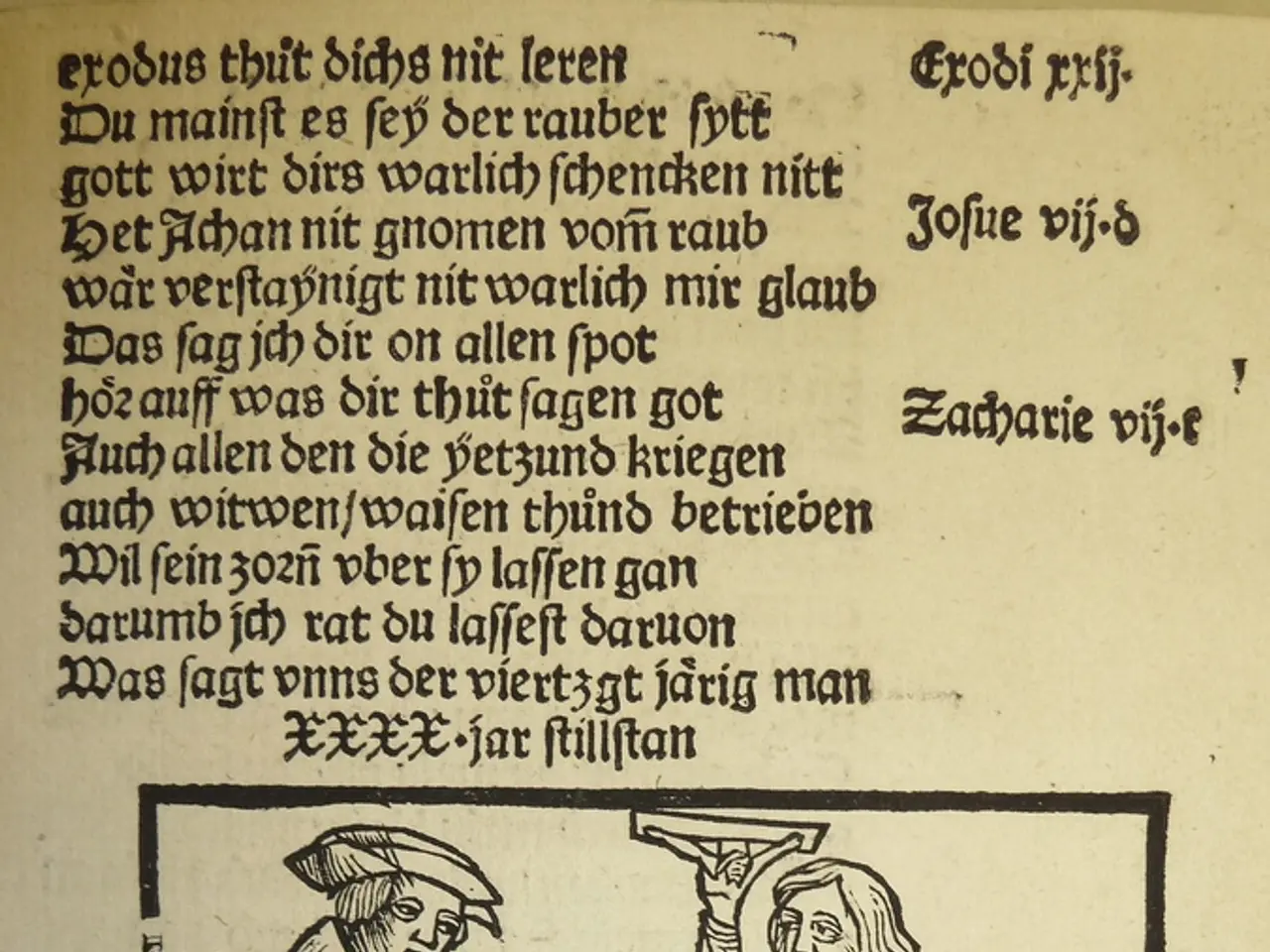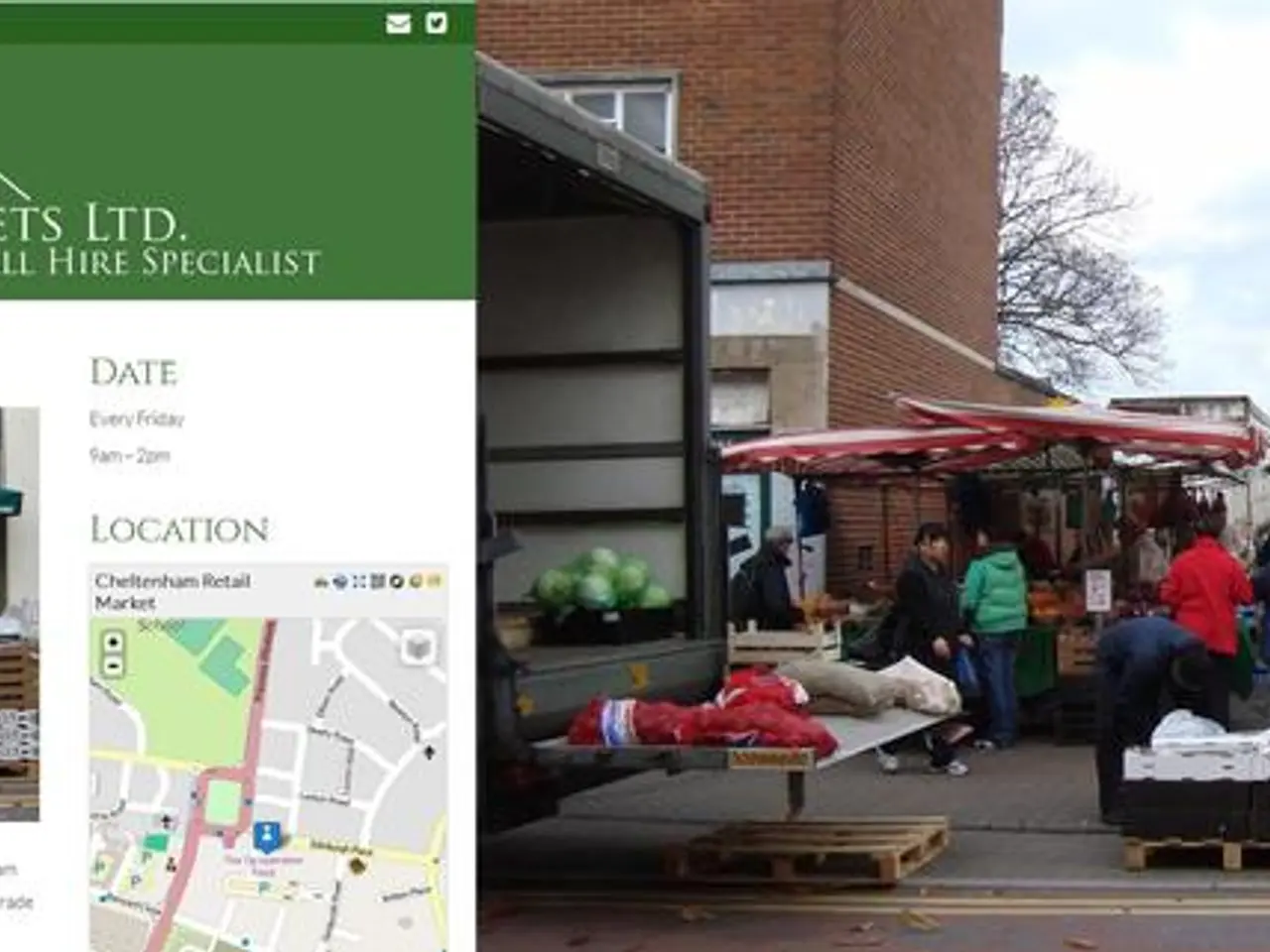Increasing the efficiency of pre-trained language models by utilizing GroupBERT technology
In a groundbreaking development, Graphcore Research has unveiled GroupBERT, a new BERT-based model designed specifically for the Intelligence Processing Unit (IPU). This innovative model promises significant improvements in efficiency, reducing computational costs and speeding up training times without compromising accuracy.
GroupBERT is an IPU-native model, which means the theoretical savings in terms of Floating Point Operations (FLOPs) translate to real-world savings in end-to-end pre-training time. One of the key features of GroupBERT is its use of grouped transformations, a strategy that aims to balance reducing computational cost with maintaining the accuracy of the model compared to BERT.
The grouped transformations in GroupBERT serve multiple purposes. Firstly, they help reduce the number of parameters in the model by grouping certain layers or operations. This allows for weight sharing across different groups, resulting in fewer parameters that need to be updated and processed, thereby decreasing the computational cost associated with training and inference.
Secondly, GroupBERT's grouped transformations are designed to preserve the expressivity of the model. Despite reducing the number of parameters, GroupBERT can still capture complex relationships and patterns in the data, similar to BERT, but with fewer resources. This balance between reducing computational cost and maintaining the model's ability to learn and represent meaningful features is a significant advantage of GroupBERT.
Another area where GroupBERT shines is in the reduction of the computational cost of dense feed-forward networks (FFNNs). These networks in traditional BERT models consume a lot of computational resources due to their fully connected nature. GroupBERT's approach to grouping transformations can help reduce the computational cost of these FFNNs by applying transformations in a grouped manner, making the model more computationally efficient without significantly compromising accuracy.
GroupBERT also streamlines the processing of input data, reducing computational requirements and allowing for more efficient parallelization of computations. This not only enhances the model's overall performance and speed but also reduces the training time by 50%.
In terms of performance, GroupBERT can achieve up to 2x improvement over original BERT in terms of pre-training performance. Moreover, it reduces the parameter count of the FFN layer by 25% with minimal reduction in task performance. GroupBERT requires less than half the FLOPs of a regular BERT model to achieve the same loss value.
GroupBERT also introduces a dedicated Convolution module to alleviate the redundancy of calculating dense attention maps for local interaction within a sequence. This combination of convolutions with dense all-to-all attention benefits tasks requiring long-range interactions.
The paper demonstrates how the IPU allows for exploration of efficient and lightweight building blocks for a Transformer encoder structure. GroupBERT takes advantage of these efficiencies, enabling IPU users to halve the number of parameters in a model and reduce training time by 50%, while retaining the same level of accuracy.
Significant performance gains can be achieved with architectural changes, rather than simple model scaling. GroupBERT's advantage over BERT persists over a wide range of model scales. Furthermore, GroupBERT uses PreNorm, achieving superior task performance and stability, allowing for a 4x increase in learning rate compared to the PostNorm baseline.
In conclusion, GroupBERT's use of grouped transformations effectively reduces computational costs by minimizing the number of parameters and computations required, while maintaining the model's expressivity and accuracy, making it a more efficient alternative to BERT. This development is set to revolutionise the field of natural language processing, offering a more cost-effective and faster solution for complex tasks.
Artificial intelligence, being a key facet of GroupBERT, is leveraged through the use of grouped transformations to balance reducing computational cost with maintaining the accuracy of the model, as compared to BERT. With these transformations, GroupBERT's efficiency extends to the reduction of computational costs in dense feed-forward networks, making it a more computationally friendly alternative for artificial intelligence applications.




